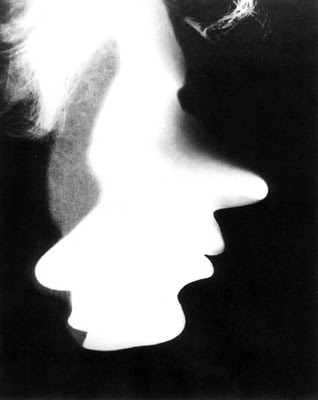WEEK 3 | ROBOTICS + ART
Robotics has long been a both exotic and scientific term. For me, robots are always associated with a human image as how they are presented in movies and books. For example, in Bicentennial Man, the robot always played a servicing role but ultimately acted as an independent person in human society with an additional "emotion module." This week's lecture actually gave me a different perspective regarding robotics and human life.
 |
| Bicentennial Man |
According to Prof. Vesna and Prof.Machiko, robots have very diverse meanings and representations in the western countries, which started industrialization quite early, and eastern countries, which are under quite different cultural influences. In the U.S., robots normally are referred as machine arms, which designed to facilitate mass production. In this case, the physical form of the robots does not matter too much, as long as they fit in the designed functional roles. However, in Japan, scientists who design robots are essentially artists. This type of robots are more like humanoid. They do not integrated with the industry as an auxiliary part, but as distinct entity with complete human shape.
 |
| Robots as "Machine Arm" |
The reason behind this diverging design ideology of robots might be that industrialization originated from western countries such that they created and manipulated machines with a slightly condescending manner. However, in Japan, robots take a service role, which could perform arts, provide companionship, etc. In this case, the human form would make machines less intimidating and better integrated into human's life.
I found Ken Feingold's projects super fun since he represented a type of attitude that many people have towards robotics. His works are kind of sarcastic and use robots to model human life. It is amazing to see that human life does have inherent patterns such that machine learning could always reproduce and perform such a pattern.
 |
| Ken Feingold's work: Box of Men, 2007 |
In the 1800s, people started using robotics to reproduce products. In the 2000s, sci-artists use robotics to reproduce human life. Would robots finally be equipped with "emotion module" as Andrew in Bicentennial Man? It would be interesting to see how far and where would people go towards robotics in the next century.
References
Bicentennial Man. Prod. Chris Columbus. Dir. Chris Columbus. N.p., n.d. Web.
Feingold, Ken. Ken Feingold: Artworks and Documentation. N.p., n.d. Web. 23 Apr. 2017.
(http://www.kenfeingold.com/menL.html)
Electric circus. N.p., n.d. Web. 23 Apr. 2017. <http://the-electric-circus.com/index.html>.
Benjamin, Walter. The work of art in the age of mechanical reproduction. Lexington, KY: Prism Key Press, 2010. Print.
"Ken Rinaldo." The STEAM Factory at The Ohio State University. N.p., 18 Nov. 2015. Web. 23 Apr. 2017. <https://steamfactory.osu.edu/people/rinaldo.2>.


Your discussion of the divergent uses of and attitudes toward robots in the Western world versus the Eastern world is interesting. Particularly, the point you make about how those who create robots are considered artists in Japan presents a perspective I never thought of before. Your blog helped me better understand this week's concepts. I also appreciate and agree with your comments on Ken Feingold.
ReplyDelete